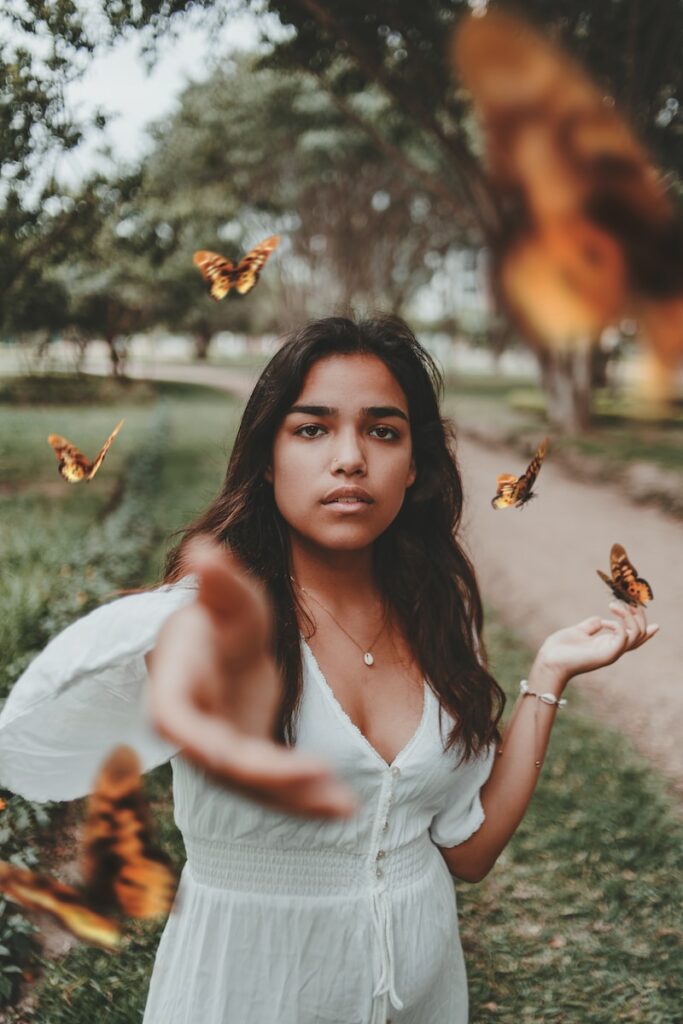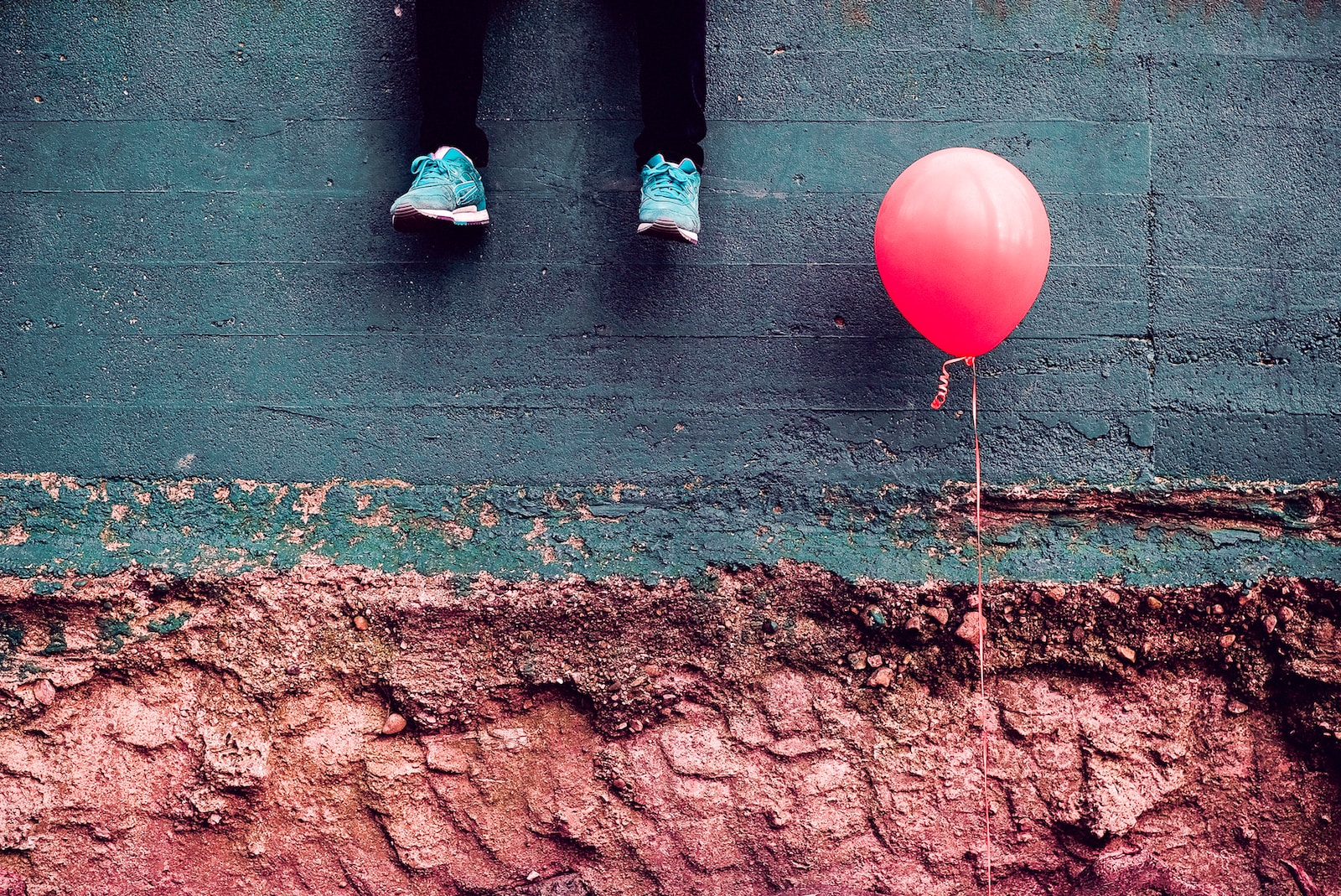Welcome to “Shape Your Reality: Breaking Down Conceptual Photography”! Are you passionate about capturing unique and thought-provoking imagery? If so, you’ve come to the right place. In this blog, we will delve into the fascinating world of conceptual photography and explore how you can bring your imaginative ideas to life through this creative medium. From understanding the concepts behind it to mastering the techniques and tools, get ready to embark on a journey that will transform the way you view and capture the world around you.
Table of Contents
- Unlocking the Power of Conceptual Photography
- Choosing the Right Equipment for Conceptual Photography
- Optimal Time of Year for Photography
- Frequently Asked Questions
- What is conceptual photography?
- How can I come up with conceptual photography ideas?
- What camera techniques are commonly used in conceptual photography?
- How can I improve my composition in conceptual photography?
- What role does imagery play in conceptual photography?
- How can I optimize my conceptual photography for search engines?
- Wrap Up
Unlocking the Power of Conceptual Photography
Conceptual photography is a unique form of art that allows photographers to bring their imaginative ideas to life. It goes beyond simply capturing a moment or object; rather, it aims to convey a specific concept or emotion through carefully crafted imagery. In this blog, we will explore the exciting world of conceptual photography and how you can shape your reality through this innovative technique.
The Power of Ideas: Choosing Your Subject
When it comes to conceptual photography, the subject is the key to creating impactful and visually stunning images. While any subject can be transformed into a conceptual masterpiece, some subjects possess inherent qualities that make them particularly intriguing to explore.
One subject that is especially captivating for conceptual photography is nature. The diverse shapes, colors, and textures found in the natural world provide an endless source of inspiration. Whether it’s capturing the tranquility of a serene landscape or the dynamic movement of crashing waves, nature offers a multitude of opportunities to create visually striking and thought-provoking images.
Another subject that lends itself well to conceptual photography is architecture. The interplay between light and shadow, the lines and shapes of buildings, and the intricate details of architectural elements can all be used to convey different emotions and ideas. By experimenting with angles, perspective, and composition, you can create images that challenge the viewer’s perception of space and reality.
Techniques to Enhance Your Conceptual Photography
Now that you have chosen your subject, it’s time to explore the various techniques that can take your conceptual photography to the next level. These techniques will help you effectively communicate your ideas and capture the essence of your subject.
- Visual Metaphors: Use visual metaphors to evoke emotions or convey abstract concepts. For example, photographing a lone tree in a barren landscape can symbolize isolation or perseverance.
- Layering: Create depth and complexity in your images by layering different elements. This can be achieved by using foreground and background elements to add visual interest and tell a story.
- Manipulating Light: Experiment with different lighting techniques to set the mood and atmosphere of your photographs. Play with shadows, highlights, and dramatic lighting to enhance the overall impact of your images.
- Minimalism: Sometimes, less is more. Instead of cluttering your frame with unnecessary elements, embrace minimalism to emphasize the main subject and convey a clear message.
- Playing with Perspective: Challenge the viewer’s perception by experimenting with unusual angles and perspectives. For instance, capturing a reflection from an unexpected angle can create a sense of intrigue and mystery.
By combining these techniques and utilizing your creativity, you can shape your reality and bring your conceptual ideas to life through the power of photography.
Now that you have gained insights into the exciting world of conceptual photography, it’s time to grab your camera and embark on a visual journey that transcends reality. Remember, conceptual photography is all about capturing ideas and exploring the limitless possibilities of imagery. So, let your imagination run wild, and let your photographs speak volumes about the concepts that shape your reality.
Did you know that conceptual photography is a unique genre that combines imagination and creativity to convey a deeper meaning or message? With the right techniques and ideas, you can shape your reality through captivating imagery!
Choosing the Right Equipment for Conceptual Photography
Conceptual photography is all about capturing unique and imaginative ideas through imagery. To bring your creative vision to life, it’s important to have the right camera, lenses, and equipment that will help you achieve the desired outcome. In this section, we will explore the main subject of conceptual photography and discuss the best options available for capturing those magical moments.
The Main Subject: Imaginative Ideas
Conceptual photography revolves around capturing imaginative ideas and transforming them into powerful visual narratives. To effectively convey your concepts, it’s crucial to have a camera that can capture intricate details and a wide range of tones.
One option to consider is a high-resolution DSLR camera. A camera with a large image sensor and high megapixel count will allow you to capture fine details and produce sharp, vibrant images. Such a camera can bring out the imaginary elements in your photographs, making them truly captivating.
Another option is a mirrorless camera. Mirrorless cameras are compact and lightweight, making them more convenient for shooting in different locations. With advanced autofocus systems and impressive image stabilization, these cameras can help you capture your ideas with accuracy and precision.
The Perfect Lenses and Essential Equipment
When it comes to lenses, the right choice can greatly enhance the impact of your conceptual photography. Consider opting for prime lenses, as they offer exceptional image quality and wide apertures that allow for creative depth of field effects. A fast 50mm lens, for example, can help you to isolate your subject and create a dreamy, ethereal atmosphere.
Alternatively, a wide-angle lens can be a valuable tool for capturing expansive scenes and incorporating multiple elements into your compositions. This lens can enhance the sense of space and context in your images, allowing your ideas to unfold within a broader narrative.
In addition to the camera and lenses, there are some essential accessories to consider. A sturdy tripod is crucial for keeping your camera stable and ensuring sharp images, especially when shooting long exposures or utilizing multiple exposures. A remote shutter release can also come in handy, enabling you to capture self-portraits or activate the shutter without touching the camera.
To push your creativity even further, experimenting with filters can result in unique and captivating effects. Consider using neutral density filters to control exposure and create long exposure effects, or polarizing filters to enhance colors and reduce reflections.
Remember, the right equipment is just a tool to bring your imaginative ideas to life. It’s essential to understand your own creative vision and experiment with different techniques and compositions to truly shape your reality through conceptual photography.
Check out these amazing conceptual photography examples

Optimal Time of Year for Photography
Capturing the perfect shot requires careful planning, and one crucial aspect is choosing the right time of year. Depending on the concept you want to convey through your photography, different seasons can offer unique opportunities. For instance, if you want to capture the beauty of blooming flowers and vibrant colors, spring is an ideal time. The renewal of nature during this season can add a touch of freshness and liveliness to your compositions. On the other hand, if you’re looking to capture dramatic landscapes with golden hues and warmer tones, autumn might be the perfect fit.
Consider conducting research or scouting locations beforehand to determine the best time to visit. This will enable you to make the most of the natural surroundings and create captivating images that resonate with the viewer.
Choosing the Perfect Vantage Point and Position
When it comes to conceptual photography, the choice of vantage point and position can significantly impact the overall impact of your images. Here are two options to consider, each with its own benefits:
Aerial Perspective
Taking photographs from a higher vantage point, such as a drone or helicopter, offers a unique and captivating perspective. It allows you to capture expansive landscapes, patterns, and symmetrical designs that may be missed from ground level. The aerial view brings a sense of grandeur and can lend a surreal quality to your imagery, amplifying the conceptual elements.
Macro Photography
By focusing on small subjects and emphasizing intricate details, macro photography offers a different perspective that can evoke a sense of wonder and discovery. Macro photography enables you to explore the world of the miniature, revealing hidden textures, patterns, and shapes. This approach can lend itself well to abstract or symbolic concepts, allowing you to create visually compelling images that engage the viewer’s imagination.
Consider experimenting with both options to see which aligns best with your artistic vision and the concept you wish to convey in your photographs. Keep in mind that each has its own unique set of challenges and techniques to master. By strategically choosing the best time of year and exploring different vantage points and positions, you can shape your reality through conceptual photography. Embrace the idea of breaking away from the ordinary, and unleash your creativity to bring your imaginative ideas to life through striking imagery.
One helpful tip in conceptual photography is to experiment with different camera techniques to enhance your imagery. Try using long exposures to capture movement or shallow depth of field to create a sense of focus. Don't be afraid to think outside the box and explore unique perspectives and angles. The key is to use your camera as a tool to bring your creative ideas to life.
Frequently Asked Questions
What is conceptual photography?
Conceptual photography is a genre of photography where the main focus is on conveying a concept or idea rather than capturing a specific subject or moment. It often involves using creative techniques, symbolism, and imagery to evoke emotions, provoke thoughts, and tell a story.
How can I come up with conceptual photography ideas?
Coming up with conceptual photography ideas requires creativity and imagination. Here are a few techniques to help you:
- Brainstorming: Write down any ideas that come to mind, no matter how random they may seem.
- Research and Inspiration: Explore different art forms, read books, and follow other conceptual photographers for inspiration.
- Mood Boards: Create collages or visual boards using images, colors, and textures that represent your concept.
- Juxtaposition: Combine unexpected elements to create a unique and thought-provoking concept.
What camera techniques are commonly used in conceptual photography?
Conceptual photography allows for experimentation with various camera techniques to enhance the concept or idea. Some commonly used techniques include:
- Long Exposure: Capturing movement or creating dreamy effects.
- High-Speed Photography: Freezing fast action or capturing split-second moments.
- Multiple Exposures: Layering different images to create surreal and abstract compositions.
- Macro Photography: Capturing small details and textures to convey a different perspective.
How can I improve my composition in conceptual photography?
Mastering composition is essential in creating impactful conceptual photographs. Here are a few tips to improve your composition:
- Rule of Thirds: Divide your frame into thirds and place your subject or elements along the lines or at the intersection points.
- Use Leading Lines: Utilize lines in your composition to guide the viewers’ eyes towards the main subject or element.
- Balance and Symmetry: Create a sense of balance and symmetry in your composition for aesthetic appeal.
- Negative Space: Experiment with negative space to emphasize your subject and create a minimalist look.
What role does imagery play in conceptual photography?
Imagery plays a crucial role in conceptual photography as it helps convey the intended concept or idea to the viewers. Through the use of symbolism, metaphorical elements, and visual storytelling, imagery in conceptual photography allows for a deeper understanding and interpretation of the concept being portrayed.
How can I optimize my conceptual photography for search engines?
To optimize your conceptual photography for search engines, consider the following strategies:
- Use descriptive file names and alt tags for your images, including relevant keywords (e.g., conceptual-photography-ideas.jpg).
- Add keywords to your image titles, captions, and descriptions on your website or blog.
- Optimize your website’s meta tags, including the title tag and meta description, using relevant keywords.
- Create high-quality content around your conceptual photography, including blog posts or articles with keyword-rich text.
Remember, breaking down the barriers of conventional photography can spark creativity and open new doors in your artistic journey. Explore the endless possibilities of conceptual photography and let your imagination shape your reality!
Wrap Up
In conclusion, conceptual photography is a powerful tool that allows you to shape your reality and bring your imaginative ideas to life. By breaking down the elements of a concept and using photography techniques to capture it, you can create stunning imagery that speaks volumes.
Remember, it’s essential to plan your concepts carefully and think outside the box. Experiment with different camera techniques and angles to add depth and interest to your photographs.
We hope this blog has inspired you to explore the world of conceptual photography. Now it’s your turn to get out there and start capturing your ideas through the lens. Don’t forget to share your experience and leave a comment below. We’d love to hear from you!

